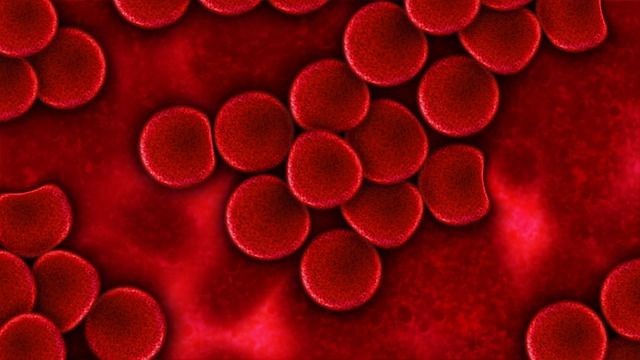Sickle Cell Disease Breakthrough 2017: Gene Therapy Allows Teen To Come Off Blood Transfusion And Medications

A 16-year-old boy in France has become the first person ever to be successfully treated with a new first-of-its-kind gene therapy for sickle cell disease. Although the treatment was given to at least six other patients, none have responded as well as the French teen. Researchers are now looking through his case to understand what allowed the treatment to work so well in his body, in efforts to replicate these results in others.
In 2014, the teen first received a gene therapy that aimed to stop his red blood cells from being deformed or “sickled”— the telltale sign of sickle cell disease. Now, two years later, half of his red blood cells have a normal shape, The Associated Press reported. In addition, he no longer needs blood transfusions, the normal treatment for individuals with the disease, and he no longer requires medication.
Read: Sickle Cell Anemia Treatment; UI Health Finds Transplants Can Cure Sickle Cell Without Chemotherapy
“This work gives considerable promise" for a solution to a very common problem,” Dr. Stuart Orkin, a Boston Children's Hospital doctor who is an inventor on a patent related to gene editing, told The AP. "It shows gene therapy is on the right track."
The treatment failed to work in the other patients involved in the trial, but the researchers believe they know what went wrong and are currently working to amend this. In addition, the therapy is not a cure, as the body still produces sickle cells, just less of them. Still, the possibility of a life without medication and treatment will be equally helpful to the millions around the world living with this disease.
In the case of sickle cell disease, hemoglobin, a protein in red blood cells that carries oxygen throughout the body, is misshapen. According to the National Institutes of Health, due to a genetic mutation, the hemoglobin of individuals with sickle cell are half moon shaped, instead of being shaped like a full moon. As a result, the misshapen blood cells can block blood flow. This causes periodic episodes of pain for individuals with this condition.
Current treatments for this condition are limited, but researchers hope gene therapy will open new doors.
Source: Ribeil JA, Hacein-Bey-Abina S, Payen E, et al. Gene Therapy in a Patient with Sickle Cell Disease. The New England Journal of Medicine. 2017
See Also:
New Sickle Cell Disease Treatment Eliminates Need Of Immunosuppressants After Stem Cell Transplant
Published by Medicaldaily.com



























